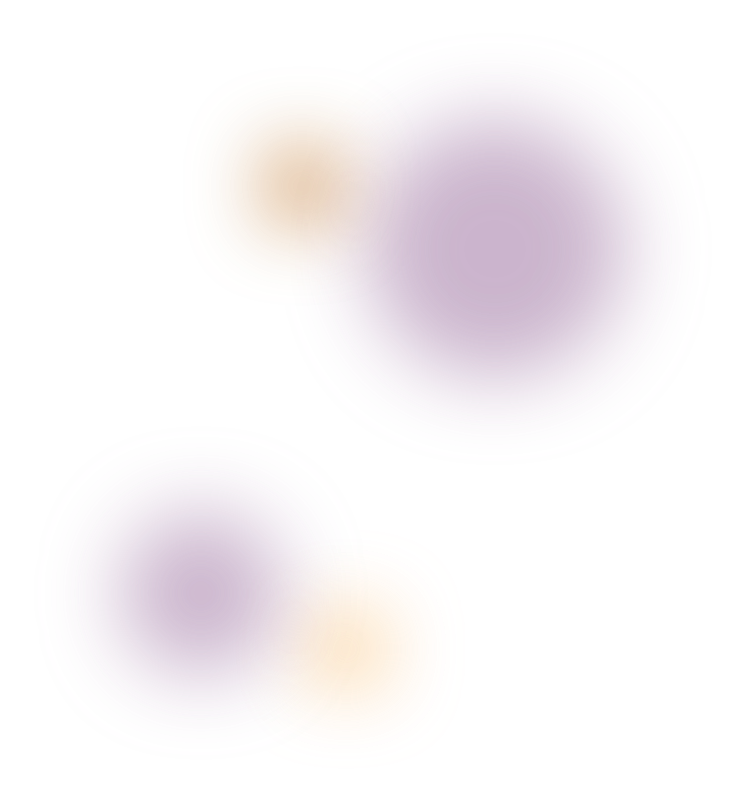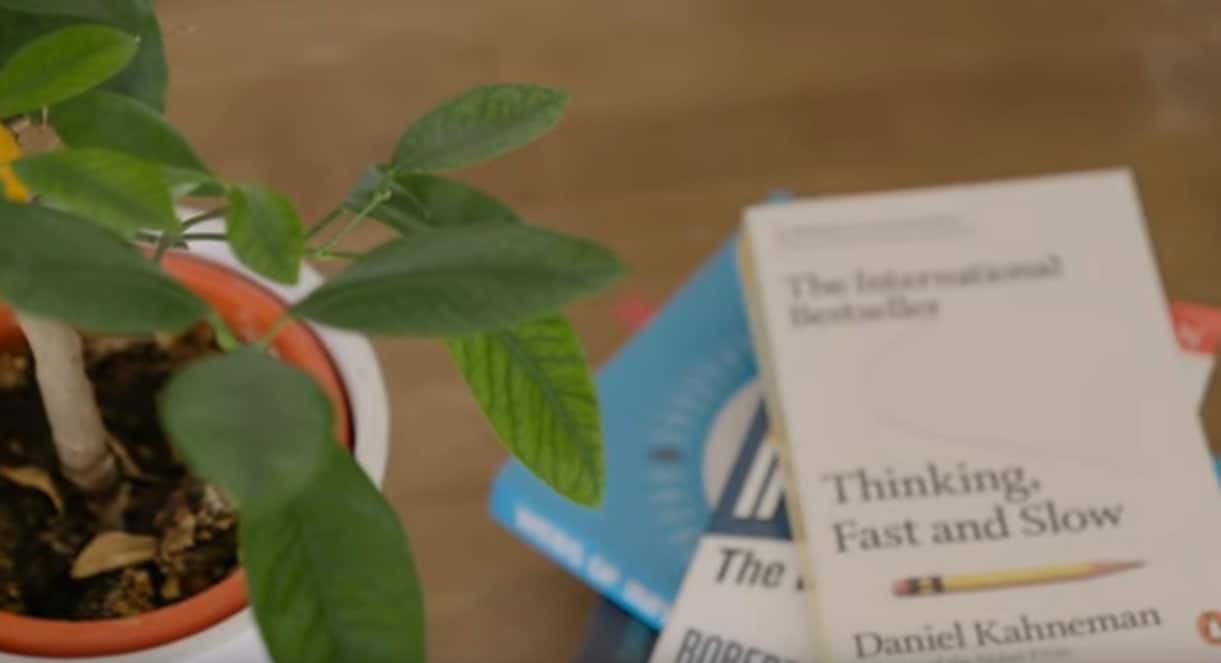This website uses cookies so that we can provide you with the best user experience possible. Cookie information is stored in your browser and performs functions such as recognising you when you return to our website and helping our team to understand which sections of the website you find most interesting and useful.

When you need serious results, fast.
Behavioural intervention sprints are a fast, hands-on way to solve big marketing challenges and see real results, fast. Designed for digital and marketing teams who need to drive ROI without wasting time, these sprints use behavioural science to uncover what’s blocking your customers from taking action and find the best solution.
In just 5 days, we’ll prototype and test practical solutions that optimise conversions, streamline your user experience, and boost your bottom line. It’s all about getting tangible wins quickly, so you can focus on what matters most – delivering impact.
Solving real problems with behavioural science
Whether you’re looking to increase your conversion rate or solve a suspected engagement or conversion problem. Behavioural science can provide answers that much more likely to hit the mark first time.
Behavioural science helps us to understand your website users by accessing their subconscious biases and motivations. This helps us pin point the problems they’re having with greater accuracy. It also helps us to identify the most appropriate solution, combined with tried and tested psychology models.
Putting this within a short 5 day framework, provides focus and quick solutions to allow ROI to be seen sooner.
5 day sprint
£21,540
Arrange your free Gameplan session and decide whether a sprint is for you.
"OrangeGrove brought an intellectually rigorous, dispassionate approach to our website review, helping us to see beyond existing thought-biases to understand more clearly our audiences’ needs. They were professional, challenging and great fun to work with"
You probably have some questions for us
1. What is the role of behavioural science in a sprint?
Behavioural science is the tool that allows us to search within your users’ subconscious for insights that help us to pin point the problems they’re having when it comes to conversions, as well as identify, more accurately the most appropriate solution.
Ultimately that means a solution that is more likely to provide the results and ROI you need from the project.
2. What is a design sprint?
A design sprint is a structured five-day process that helps teams rapidly solve business challenges through design, prototyping, and user testing. It compresses months of work into just a few days, enabling quick decision-making and actionable results.
3. How can a design sprint benefit my marketing team?
Design sprints provide a fast, focused approach to solving pressing marketing challenges, such as increasing conversions or improving user experience. By rapidly testing ideas with real users, it ensures that decisions are based on validated insights, reducing the risk of costly mistakes.
4. What team members / expertise should I expect on an OrangeGrove sprint?
The main roles are as follows:
Facilitator / Sprint Leader: Leads and manages the design sprint process, ensuring that everyone stays on track, the focus remains on the core goals, and time is used effectively.
UX Designer / Interaction Designer: Focuses on creating intuitive user flows, wireframes, and designs that enhance user experience and eliminate friction points. They ensure that the user process is optimised for ease of use and emotional appeal.
Copywriter / Content Strategist: Crafts compelling, concise copy that communicates the value of the conversion, builds trust, and motivates users to complete the user journey. They also help to align messaging with user emotions and organisational goals.
User Researcher / Behavioral Scientist / Data Analyst: Brings insights from user interviews, analytics data, behavioural data, and usability testing to identify pain points and guide the design process. They validate assumptions and help optimise the user flow based on user behaviour and psychological triggers.
5. What is a behavioural intervention?
In relation to websites, a behavioural intervention is when behavioural science is used to intervene in solving a specific website problem or issue, or to enhance an existing journey / conversion rate.
6. Can a design sprint help with long-term challenges, not just quick fixes?
Yes, while design sprints are focused on rapid problem-solving, the insights and solutions can support long-term strategic goals, especially when tackling core issues like user experience, brand perception, and customer engagement.




